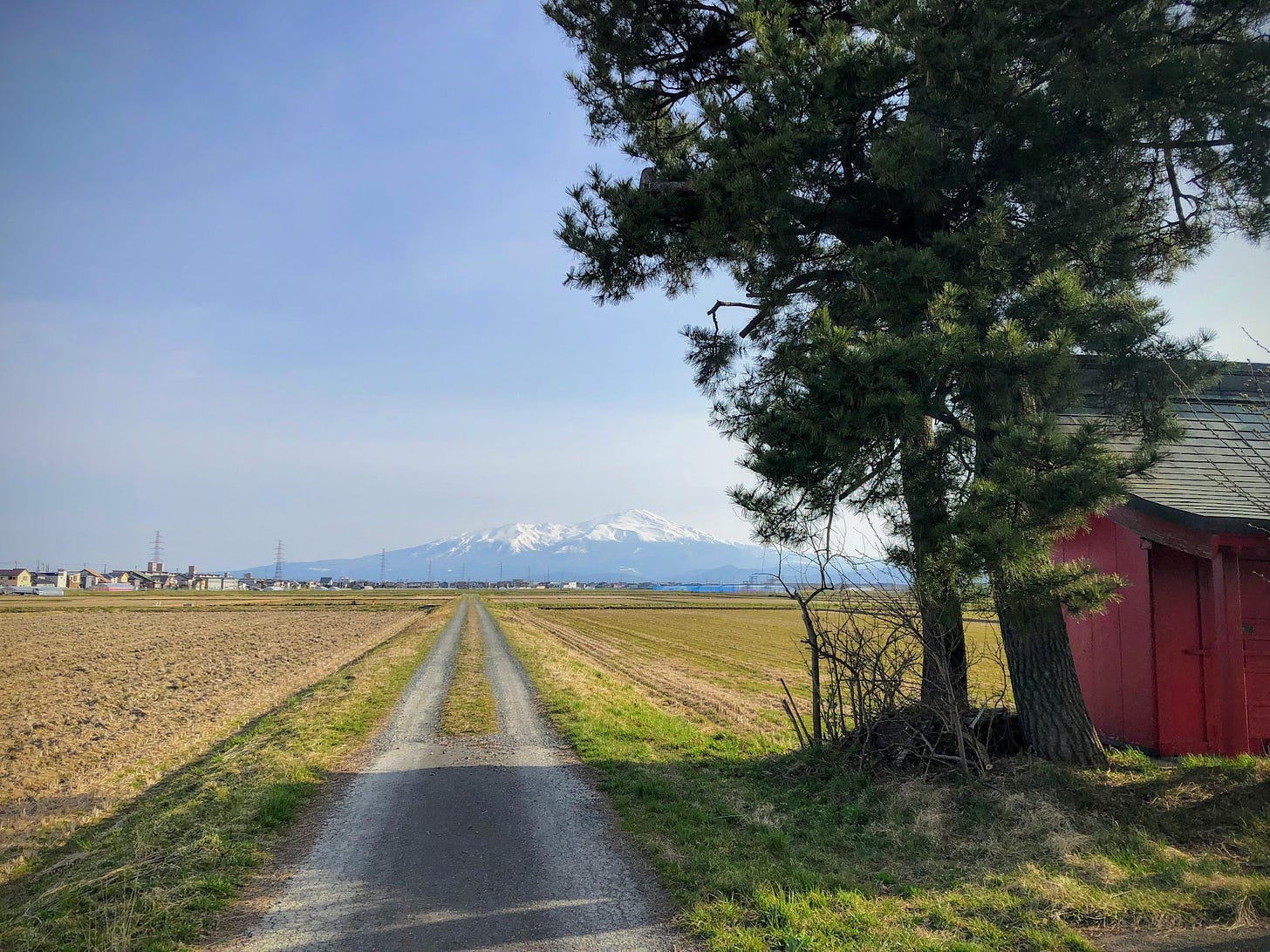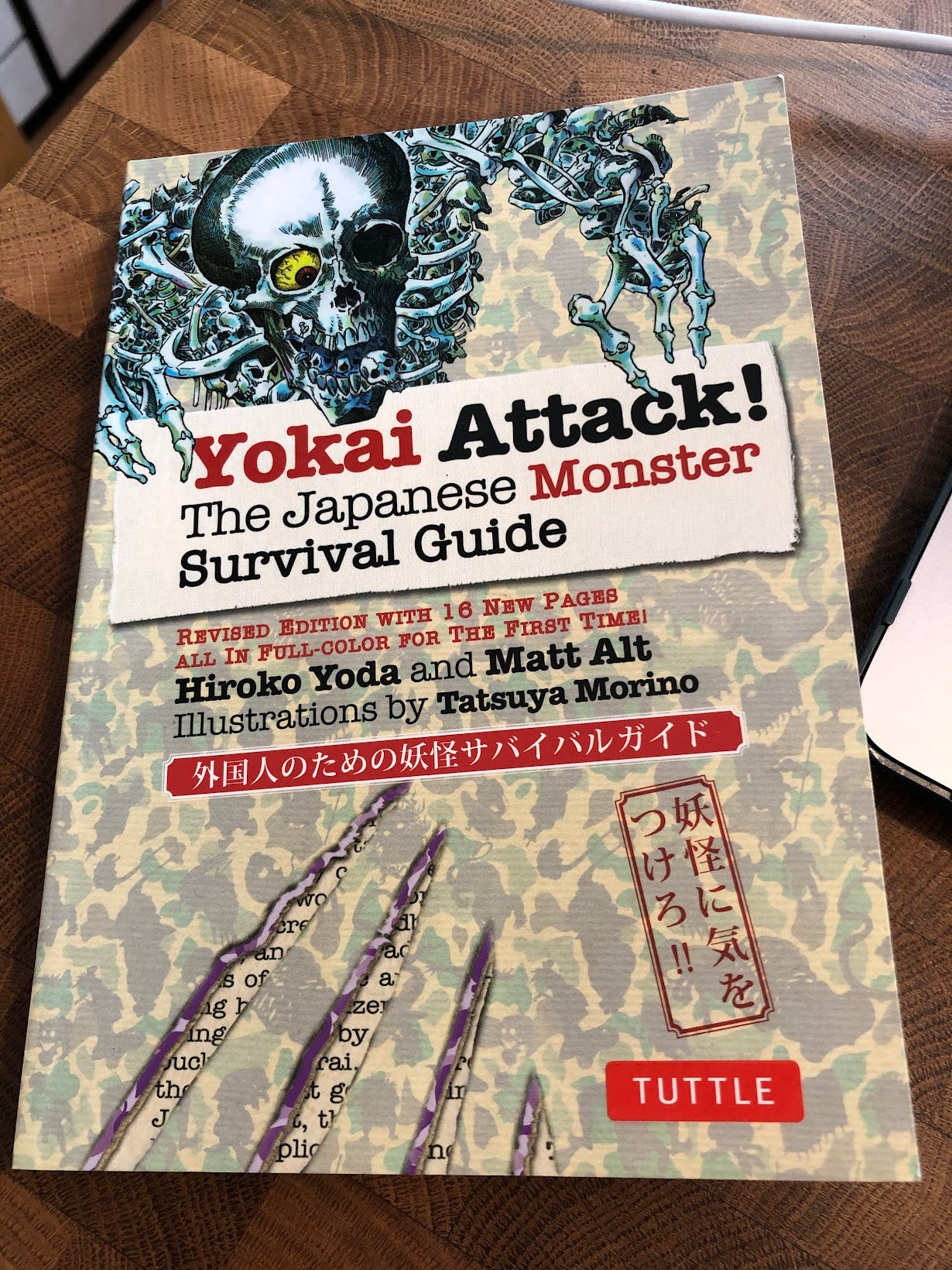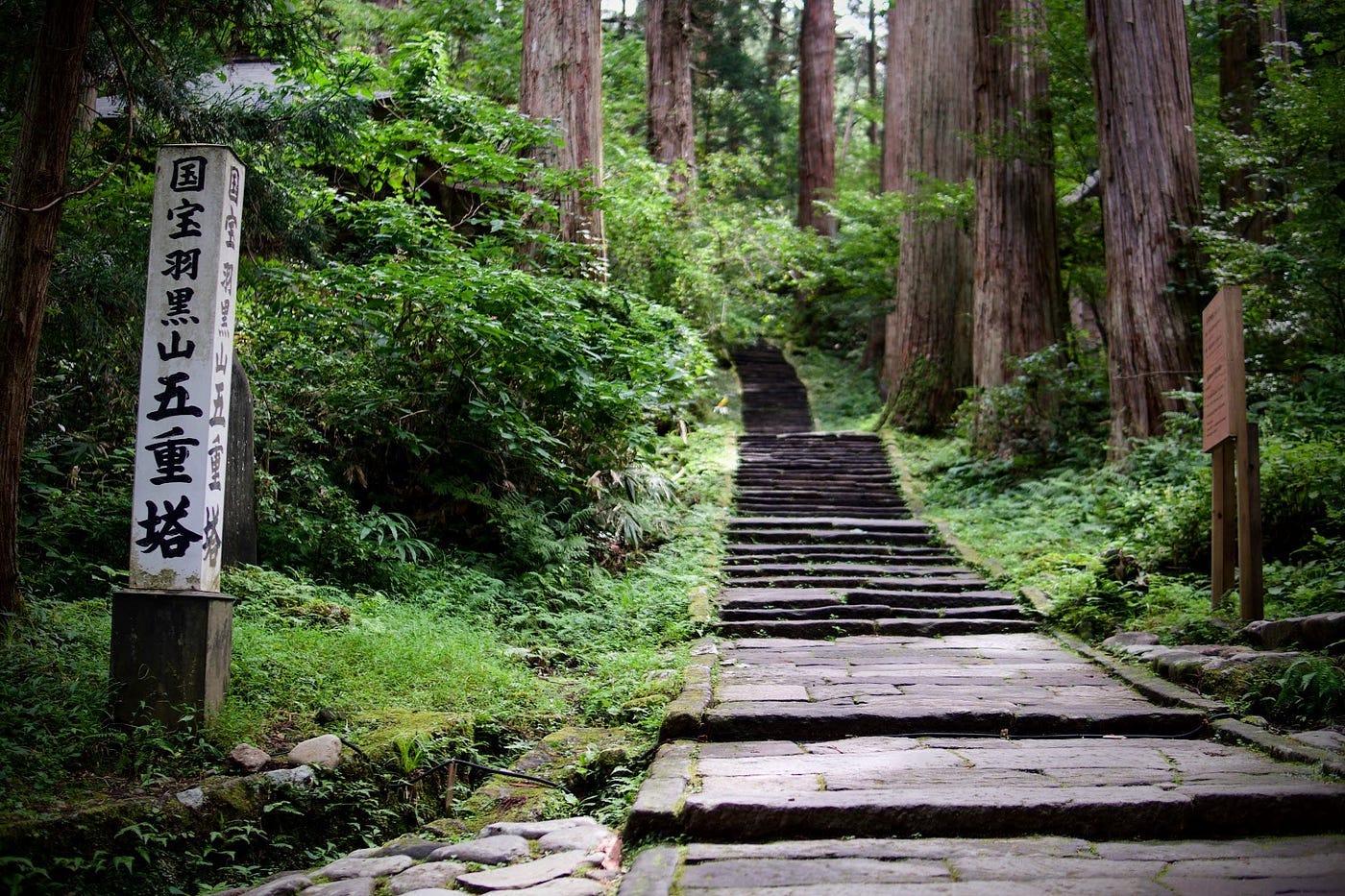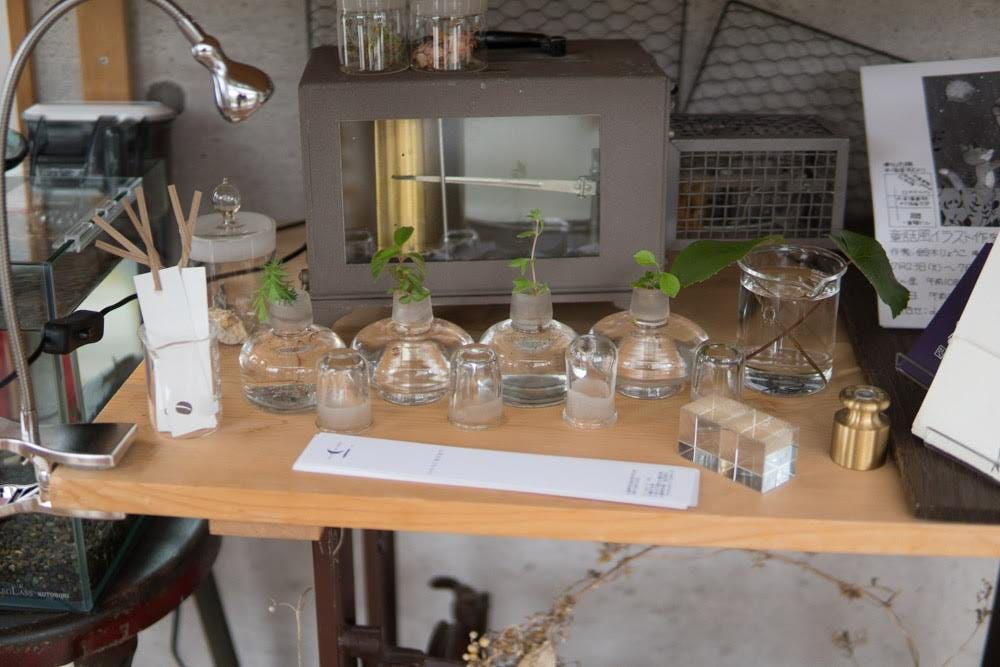YouTube, Yokai, and Yamabushi
And the power of a good soundtrack
Kia ora koutou. Tim Bunting the Kiwi Yamabushi here bringing you concepts, life advice, and hiking guides from the Japanese mountains.
The Power of a Good Soundtrack
One of my high school friends is a professional musician. In fact, you may well have heard his work. He made the trailer music for a number of famous movies and TV shows (recent Star Wars movies, The Avengers, the new John Wick to name a few). Ever since high school it was obvious music was all he’d ever do, because music was all he ever did.
I distinctly remember going around to his house way back in ‘06 when YouTube was just getting started and it took us an hour to download a five minute video of some obscure movie soundtrack. At the time I didn’t appreciate the infatuation, but listening to movie soundtracks these days, I can see exactly what he was getting at.
Music sparks memories.
Pair the right music with the right story, and you have a recipe for a powerfully emotional rollercoaster ride.
Called Departures in English, Okuribito is one of those stories.
And this is not just because the 2009 Academy award winner for Best Foreign Language Film was set where I live. This film, as I understand it, is about the unwavering love a father can have for a son in spite of guilt and decades of separation.
I watched this film with my dad. He passed away almost exactly two years later.
One of the especially famous, and especially powerful, scenes in the film is the main character Daigo Kobayashi playing the cello by the river. But not just any river, this river under a looming Chokai-san.
The same mountain I see from my bedroom.
If you haven’t seen Okuribito, and you feel like watching a tearjerker this weekend, go ahead and do so. Or, simply listen to this masterpiece of a film score (and take a look at the title).
As a slight side note, the fishing village where the father lived is also right next to the second 100 Famous Mountains of Yamagata I climbed, Arakura-yama, a mountain known for cherry blossoms, one motif used extensively in the film.
Arguably Japan’s Best Composer
I was reminded of Okuribito not because of waking up to Chokai-san, but because of a new newsletter by the author of one of the most interesting books on Japan, Pure Invention by Matt Alt. In The Secret Behind Spirited Away’s Oscar Win, Alt explores the cultural phenomenon that was (is?) Spirited Away, but also importantly the rise of Hayao Miyazaki.
Okuribito and Spirited Away both have the same composer, Joe Hisaishi. That was all the connection I needed.
Yokai Attack!
Matt Alt is also one half of the husband-wife team behind Yokai Attack, a book about the supernatural beings of Japan. For me, Yokai Attack has since become a bible of sorts, or perhaps a survival guide would be more apt a description. Put simply, Yokai are everywhere on the mountains of Yamagata, and Yokai Attack helps keep me out of harm’s way.
Or at least, it has until now.
Kimono, Yamabushi, and Hanadaka Tengu

The other half of the husband-wife team behind Yokai Attack is Hiroko Yoda. Besides being an amazing writer in her own right, Hiroko is an accomplished Kimono consultant. Just this week, in fact, she wrote an extremely interesting, and extremely viral, thread on Twitter about the use of AI imagery in depicting Kimono. This one short thread teaches you a hell of a lot about Kimono that you never knew you wanted to know.
For example, Kimono are only ever folded right over left on the dead.
One of the most famous Yokai, Hanadaka Tengu, are often depicted wearing Shiroshozoku, the white garments worn on the dead that we also wear during yamabushi training. This is because in yamabushi training, we imitate the spirit of the dead. Importantly, though, we don’t wear the garments the same way, opting for left over right.
Eerie nonetheless
Like a good movie soundtrack (or a good cup of coffee, for that matter), sometimes we don’t learn to appreciate things until well after they’ve hit us in the face. While we may not appreciate things the same way as others, some things we should appreciate that they are indeed appreciated, lest we one day come to appreciate them ourselves.
Feature in Japonica Publication
Earlier this week my piece Why This Tiny Mountain MUST be on Your Japan Itinerary was published in the Japonica Publication on Medium.com.
I crosspost all of my daily blog posts on Medium. Get email notifications every time I publish by following me here and clicking the small mail button when you do so. You can always read these posts on my blog for free rather than having to go through Medium.
Better still, join Medium.com using this referral link and you can help support my work.
Speaking about the blog
Following on from last week’s post, I wrote about how Coffee is a Metaphor for Life.
On Sunday morning I took a tour around Sakata City. Sakata was one of the main locations in Okuribito, and it was also home to the largest landowners in Japan until the end of WWII. The place is teeming with interesting things to check out, but there is a severe lack of any good way to learn this stuff in English. Here’s my thoughts on what to do about that.
I also talk about what to do if you have to deal with indecisive people. And more positively,
Mountains of Wisdom: Tell Your Mum!

Thanks for reading! If you think your mum would enjoy this, go ahead and share it with her. Or maybe your uncle! Give them a surprise.
Let me know what you enjoyed, and if you didn’t like anything, hit the unsubscribe button. I don’t want to waste your time!
As always, you can get more content on the little-known side of Japan and Japanese culture on my blog, YouTube, Instagram, Facebook, Twitter, or LinkedIn.
Ka kite ano.
Tim.





